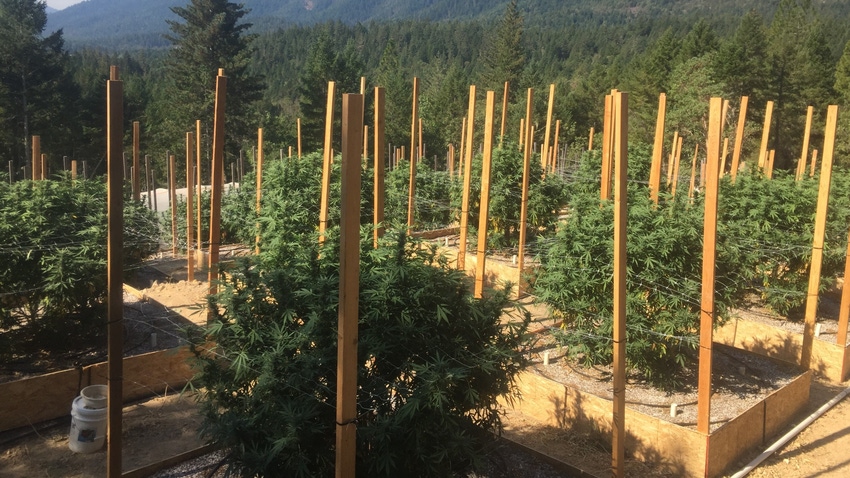
An Oregon State University study found that in states where recreational cannabis has been legalized, young adults not in college more often became frequent users of the drug than their college-enrolled peers.
After state legalization, young adults not in college were also more likely to meet the criteria for cannabis use disorder, meaning they continued to use the drug despite problems it caused in their lives.
The study, published in the American Journal of Preventive Medicine, used data from the National Survey on Drug Use and Health from 2008-2019, which surveyed college-eligible young adults ages 18-23 about their drug and alcohol use.
The dataset is representative of the demographics of young adults nationally and at the state level, and the study covers a longer stretch of time post-legalization than previous research, said lead author David Kerr, a psychology professor in the OSU’s College of Liberal Arts.
“It might surprise people that research has been mixed on whether young adults’ cannabis use has increased since legalization,” Kerr said. “Our results show that prior to legalization, 23% of non-college young adults used cannabis in the past month, compared with 28% after legalization.”
A slight increase
While the percentage of non-college young adults who reported past-month cannabis use increased by 5 percentage points, it only increased by 1 percentage point among college students in the same age bracket, from 20% to 21%.
Frequent cannabis use — using the drug at least 20 times in the past month — also increased more among non-college young adults, from 12% to 14%. The prevalence among college students was 7% and did not change after legalization. However, the study did not account for the fact that the potency of cannabis is higher in legal states, and has increased dramatically over time, Kerr said.
Cannabis use disorder among non-college participants also grew from 12% to 15%, while staying the same among college students, at 10%.
“Our research doesn’t address why these changes are occurring, but if you’ve been to a state that has legalized recreational cannabis use, you’ll notice the drug is widely available and prominently advertised. Americans’ beliefs about the benefits and harms of cannabis use are also changing rapidly,” Kerr said.
He cited a Monitoring the Future report showing that in 2020, only 21% of young adults believed regular cannabis use puts people at risk of harm, compared with 58% of young adults 20 years ago.
Increased societal acceptance of cannabis use could affect the rate at which users experience cannabis use disorder, Kerr said, because many of the negative consequences associated with the disorder are social in nature.
“Cannabis use disorder involves the continued use of the drug, despite the inability to fulfill major obligations at work, school or home,” he said. “It’s possible that there may be fewer social consequences now that the environment is more accommodating. If so, then our findings may actually have underestimated these increases.”
More use
The study also found that in states where legalization occurred, recent cannabis use increased more among young adults ages 21-23 (from 21% to 26%) than among 18-20-year-olds (from 22% to 23%).
“That’s consistent with our prior work, that cannabis use increased more among the people who could legally buy it and use it,” Kerr said. “It suggests that the law provisions requiring people to be at least 21 are at least somewhat effective.”
The research was funded by grant R01DA037866 from the National Institute on Drug Abuse of the National Institutes of Health, awarded to senior author Silvia Martins, a professor of epidemiology at Columbia University. The content is solely the responsibility of the authors and does not necessarily represent the official views of the National Institutes of Health.
“Researchers should continue to monitor changes in prevalence of cannabis use, frequent cannabis use and cannabis use disorder among young adults while the cannabis landscape in the U.S. continues to evolve,” Martins said. “It’s also important to better understand why increases to date were more pronounced in young adults not in college.”
Co-authors included Natalie Levy at Columbia, Harold Bae from OSU and Anne Boustead of Arizona State University.
Source: Oregon State University
About the Author(s)
You May Also Like




